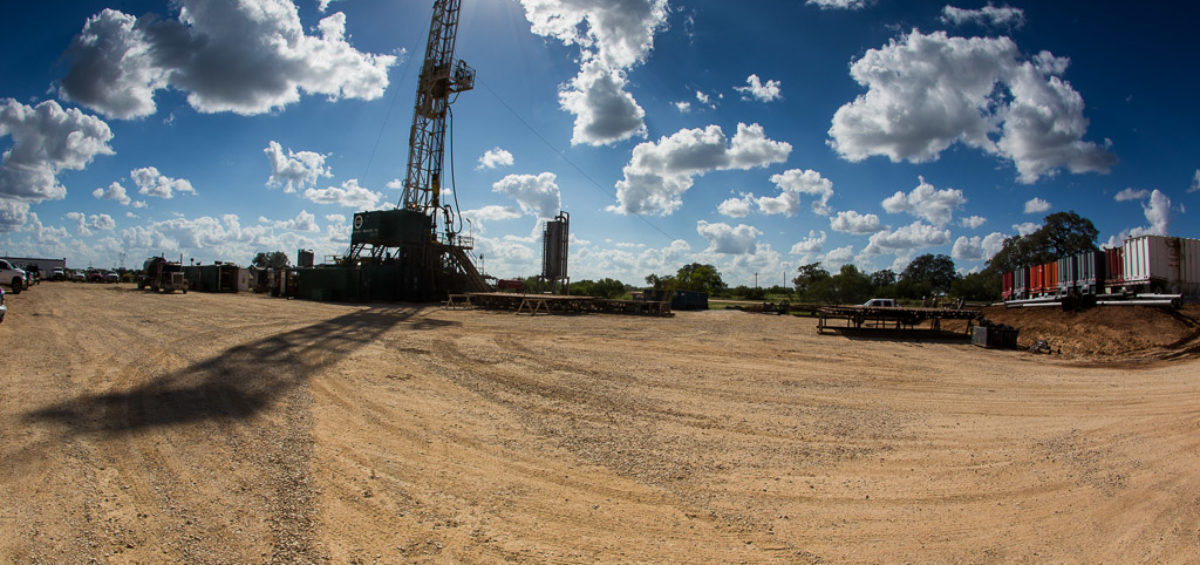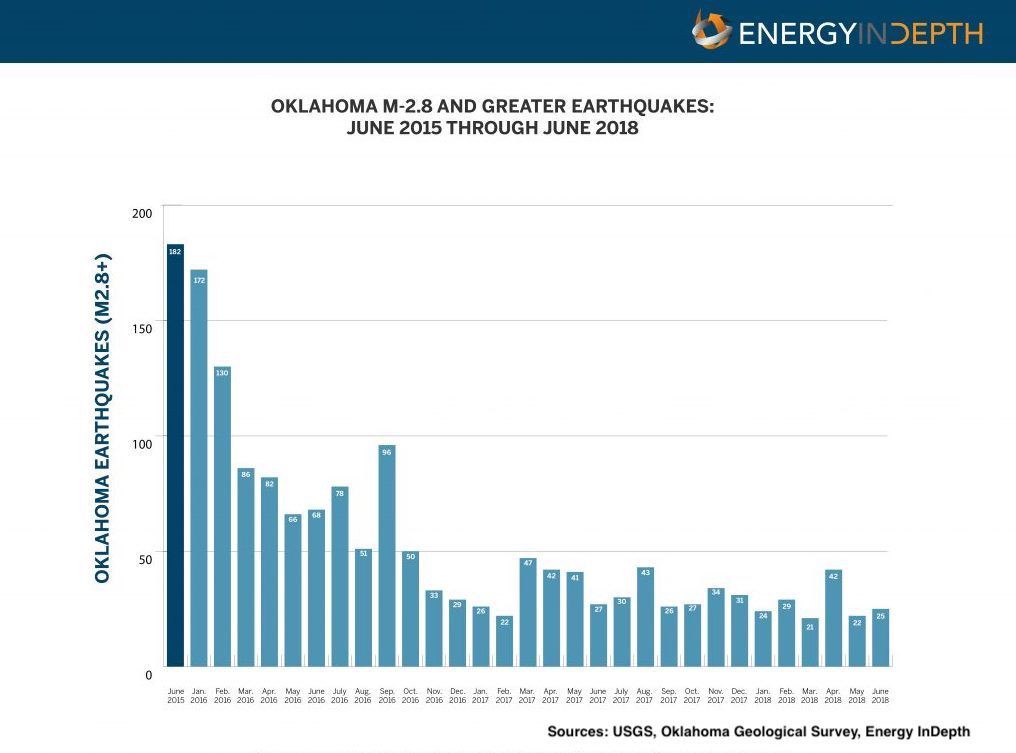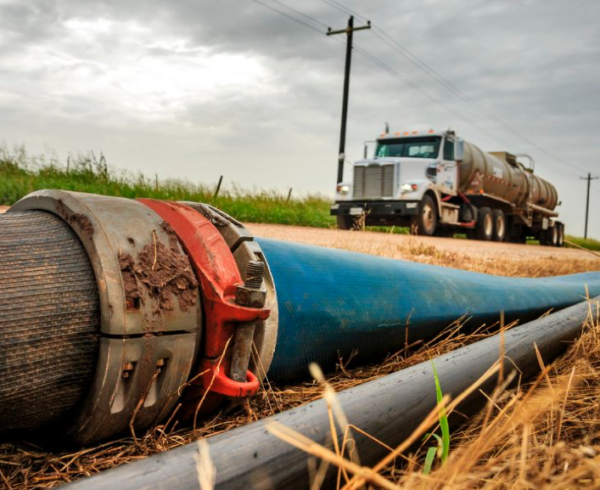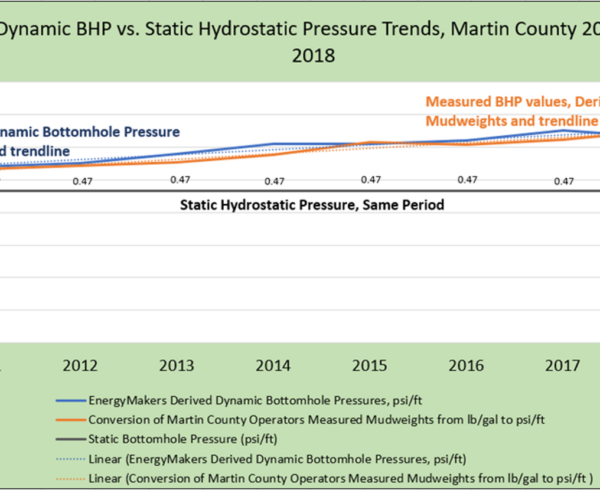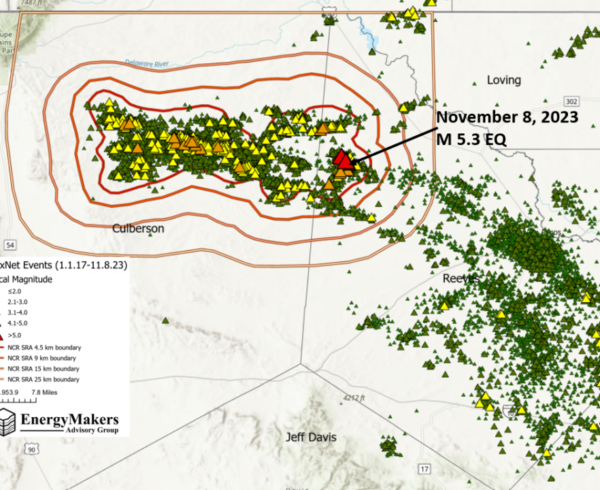Recent data from the US Geological Survey (USGS) shows that earthquake activity in Oklahoma declined for the third straight year in 2018, even as oil and natural gas developments increased in the state. The reason? A concerted effort by Oklahoma’s oil and gas producers, state regulators, academics and other organizations to curb water injection volumes in wastewater disposal wells.
The USGS has reported for some time that wastewater disposal, not hydraulic fracturing, is the primary cause of induced seismicity in the central US. For that reason, the collaborative effort among industry groups focused on reducing injection volumes into the state’s injection wells near the Arbuckle formation—an effort that the Oklahoma Geological Survey directly attributes to the decline in earthquakes.
While this is good news from a seismic perspective, curbing injection volumes presents challenges for operators who have to manage growing volumes of produced water from their wells. EnergyMakers continues to track this issue, and shared its Oklahoma insights on the upswing in water recycling efforts in a recent issue of The Oil and Gas Investor. We agree that the industry’s strategies to minimize seismic activity related to water injection is proving to be successful in Oklahoma. Aggressively recycling and reusing increasing wastewater volumes will also play a critical role in both managing induced seismicity, and managing disposal well capacity and injectability going forward.
Check back with EnergyMakers regularly as we continue to track this evolving issue.



